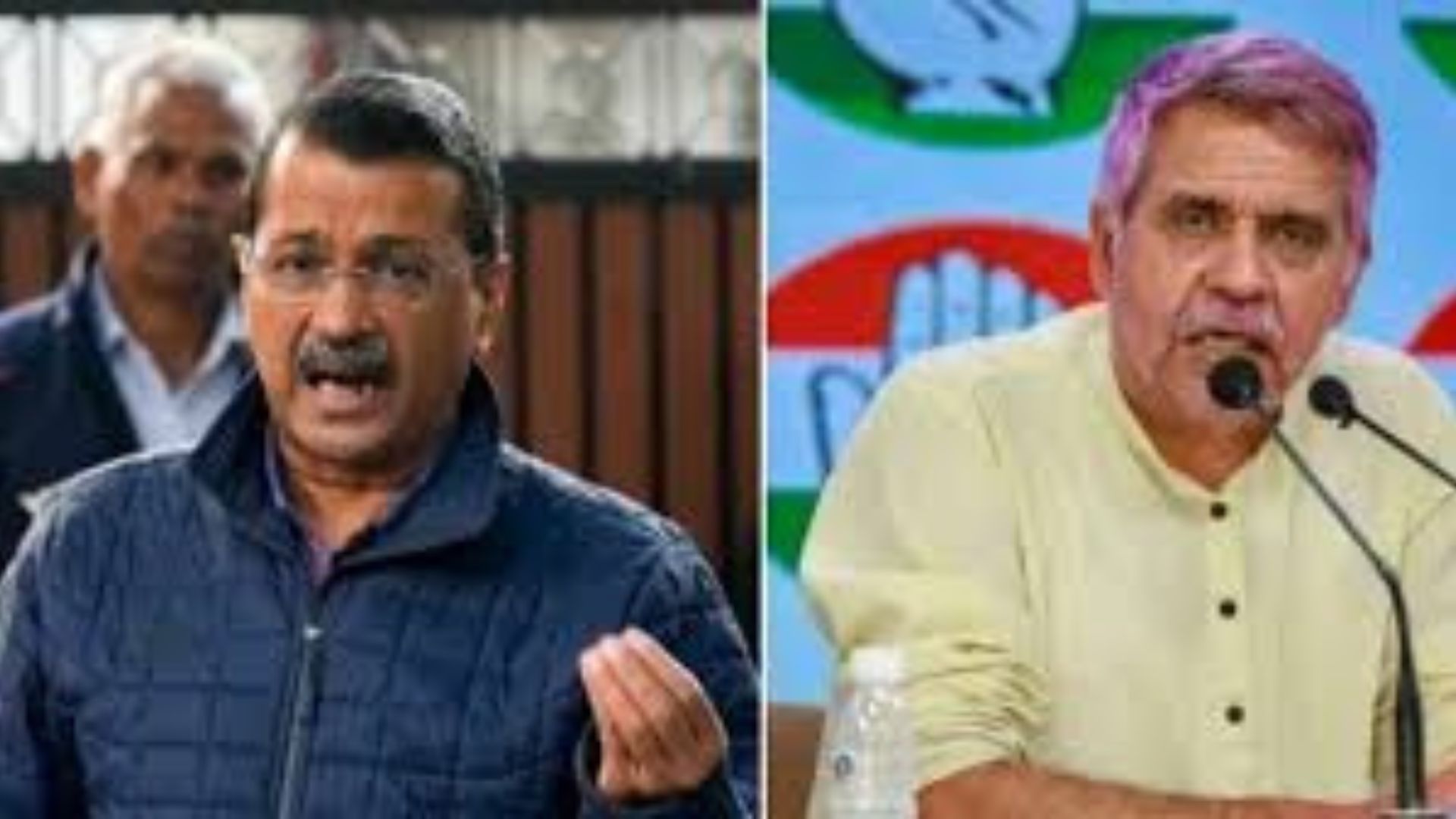Being a fine art artist Hemraj has accomplished a lot and is dwelling on many projects in areas where people find it difficult to survive. He conveys his true self through his artwork and also has knowledge of his field, which makes his work more appealing to critics and art lovers. His amazing journey from being a commoner to such a great artist can be seen in what he says about himself through the interview. Q. Art as a profession is still not seen as a safe career option: How will this change ever come about in a country like ours? A. When we know that art is an in-, tense, and unavoidable phenomenon, the question of art as a safe career option befuddles us. How?, , Since art is as much an artist’s destiny as fire is to fire, Having the pressure to sell a painting is almost a sacrilege; the desire to create must triumph over the desire to sell and make money. Sounds idealistic, But, come to think of it, the process that an artist must go through in order to create deep and pure art is only tempered by the desire to make money: the two cannot coexist. Art is not a career; it is a way of life; it is being oneself helplessly and effortlessly. And when you are so profoundly indulging in the process of being a spectator to oneself as the fountain of art, there are people who automatically get connected with you and inevitably facilitate the process of the flow. One has to surrender without fear, naturally, by being at a place where thought isn’t important, for that is what derails the being from the present into the fear of the future. To the world, sensibility might present itself as weird, but that’s the most important pre-requisite that assures an authentic artist’s survival. Q. What facilitated you in developing your artistic sensibilities? As a student, I was not good at academics at all. I was usually the first from “behind!” My father, as a result, would naturally worry about my future. So during my holidays, he decided to award me some sort of vocational training, like sitting at a tailoring shop or an electronics shop to learn the basics. Even after two months, the tailor forced me to stitch some petty, small odd jobs with little progression. So, too, did the owner of the electronic shop. In frustration, I yelled angrily and threw the hammer and other tools. But something interesting was happening simultaneously. I happened to show the art file of my friend (who was better than me) as mine to my art teacher. The teacher showed great appreciation for the work. I’m not sure why, but being inside has transformed it into love for myself. I returned with increased motivation to work on improving my art further, knowing that I was capable of being that good, if not better. As a result, some time down the line, my own art was appreciated with words that charted out the future and a course of action for my life. Q. Art plays a huge role in either reinforcing or destabilizing stereotypical types and how we subliminally absorb ideas. Your comments: Normally, art, like any other field, is bound by stale theoretical ideologies. The stereotypes surrounding it are galore. Art appreciation is not something that comes naturally. Creating a sensibility for art is very significant and a requirement, which goes without saying. But art happens when all that could have been learned and acquired is eradicated from one’s system, like a bedcover or sheet that is dusted with a lot of power. That is how the stereotypical types need to be flushed out. “There shall always be a falling short of what true art would be” as long as thought governs and there is a preconceived notion to live up to. Q. What do you think the Indian aesthetic has really given to the world, and where does India fit in the global art landscape today? I find that creating boundaries through abiding by political divisions is a progressive approach. Its vastness, magnitude, and universality will inevitably be constrained. Creating boundaries around art will be a foolish illusion that will only stunt the evolution of consciousness that happens through art, just as the illusion of a horizon in an expansive arena is only an illusion. , , Art is beyond divisions.







